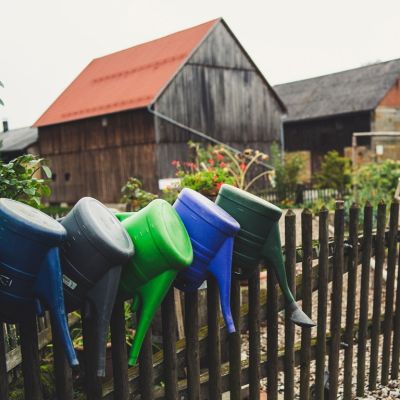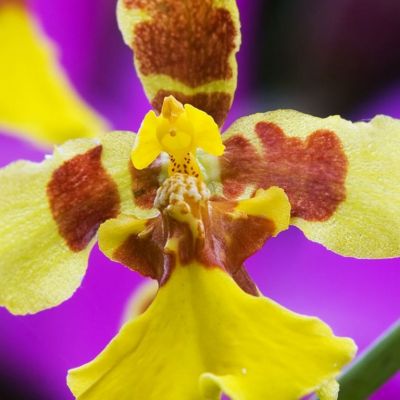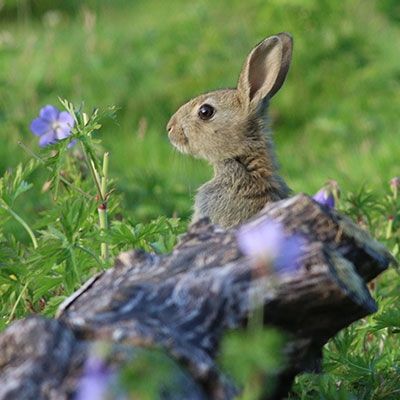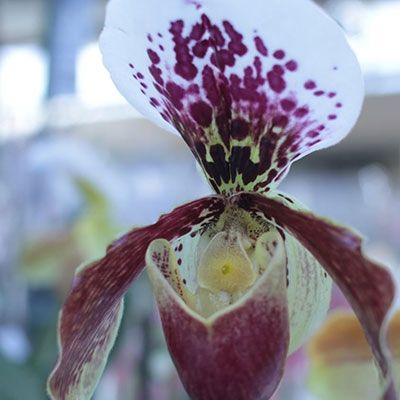Caring for Cambria Orchids
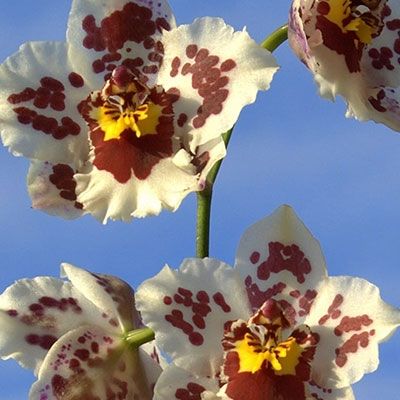
Cambria is now used as a collective term for an increasingly large group of hybrid orchids from diverse parentage but they are nonetheless beautifulfor that with their wonderfully brightly coloured, spotted flowers. Fortunately, they seem to have inherited the most obliging characteristics from their forebears and are very easy to look after – watering once a week and being kept in draught-free rooms and away from direct sunlight seems to do the trick. They are a good choice for the complete beginner to orchid growing in the home.
Caring for your Cambria Orchid
Cultivation: The botanical genus Odontoglossum, many of which were reclassified and transferred to other new genus varieties (eg. Osmoglossum) come principally from the mountainous regions of the Andes and Central America and can be considered along with their hybrid cousins, to be cold greenhouse Orchids. Whilst cultivation of Odontoglossum is usually a very delicate process, the majority of their hybrid cultivation is a lot easier.
Light: The Cambria can withstand a fairly bright light. The light red pigment at the base of the leaves indicates the maximum lighting supported.
Temperature: Keep within the range of 50-53 Fahrenheit (10-12 Celsius) at night in winter, up to 68-75 Fahrenheit (20-24 Celsius) during the day in summer.The Cambria are sensitive plants that, although they can tolerate episodic temperature drops in winter up to 7 Celsius, they may be affected by temperatures above 77 Fahrenheit (25 Celsius) in summer. Like all tropical highland Orchids, a large temperature difference from 43-46 Fahrenheit (6-8 Celsius) between day and night is necessary to induce flowering. Moving Cambrias outside during summer is therefore essential.
Humidity and watering: Be careful as you should never allow the substrate to dry out else the leaves of the Orchid will grow too bunched up, though avoid soaking the substrate. Keep inconstant humidity with proper ventilation. No resting period is required in the winter, but nonetheless decrease watering according to the temperature.
Fertilisation: Peters 20-20-20 fertiliser or a fertiliser with a similar balanced ratio of 0.03 oz (1 gram) per litre of water, divided into 4 watering sessions is a likely good solution (assimilated faster).
Flowering: The Cambria are capable of flowering every 8 months because, in general, the new pseudo-bulbs grow quickly and bloom quickly.

